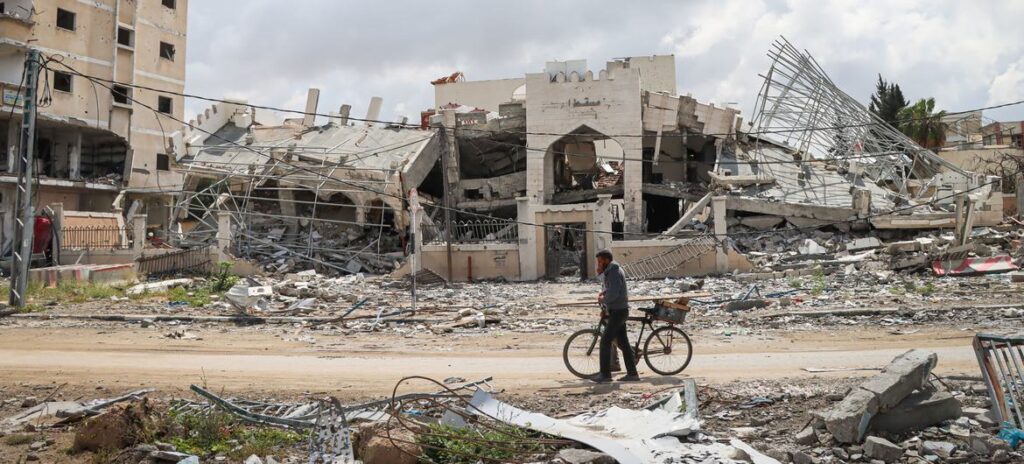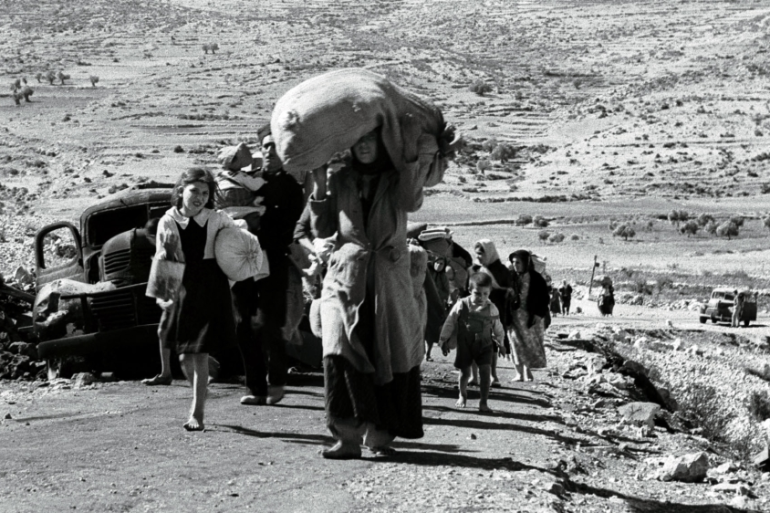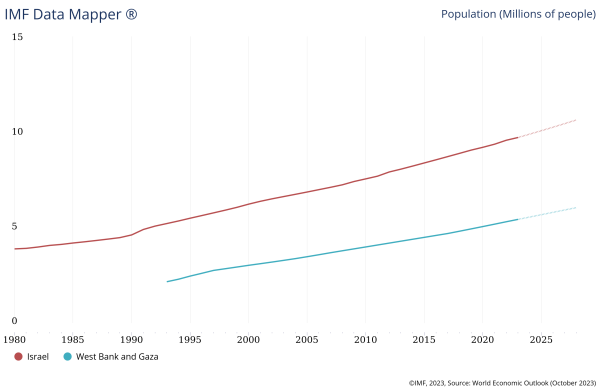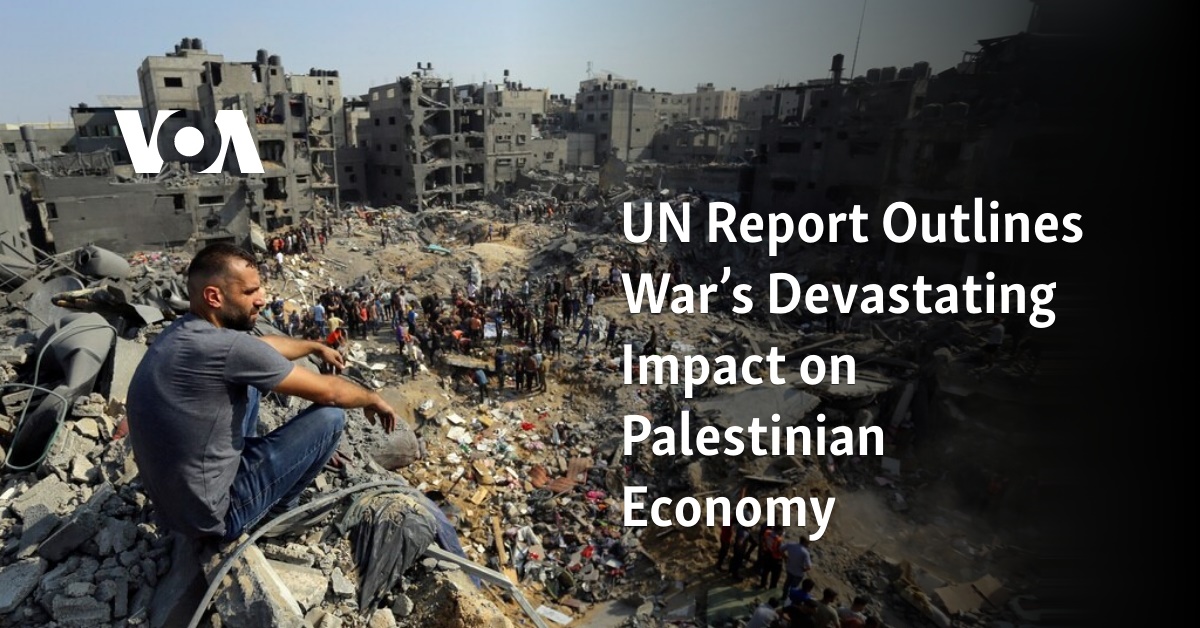The ongoing conflict and blockades have left a devastating imprint on the Palestinian economy, causing long-term challenges across various sectors. From the contraction of GDP to widespread unemployment and deteriorating infrastructure, the economic fallout has been significant. This blog explores the deep-rooted economic issues stemming from the conflict, focusing on economic stagnation and the growing reliance on international aid.
Overview of the Economic Crisis
The Palestinian economy has faced enormous hurdles due to years of conflict and blockades. Gaza and the West Bank have seen severe economic decline, with impacts stretching beyond borders, affecting industries, trade, and the livelihood of millions of people. The ongoing political instability and physical destruction have halted progress, leading to economic isolation.

Historical Context of the Conflict and Blockade
The imposition of blockades, particularly in Gaza, has exacerbated the economic situation. Military operations and political strife, combined with restricted access to resources, have crippled vital sectors of the Palestinian economy. The constant state of conflict and its history has left the region in perpetual recovery, with limited room for growth.

GDP Contraction and Economic Stagnation
A core indicator of economic health, GDP, has suffered greatly due to restricted movement, limited trade, and constant conflict. The blockades’ economic growth has been hindered, particularly in Gaza, where the economy has contracted year after year. The lack of investment and severe infrastructure damage make recovery a slow and arduous process.

Unemployment and Workforce Devastation
Unemployment rates in Palestine, particularly Gaza, are among the highest globally, with youth unemployment reaching alarming levels. The social and economic consequences of this unemployment crisis are profound, with young people left without hope or opportunities, further destabilizing the region.
Poverty and Aid Dependency
The conflict has driven a large portion of the Palestinian population into poverty. International aid has become a lifeline for many, with humanitarian agencies providing essential services. However, aid dependency has become a systemic issue, leaving the economy unable to grow independently, trapping Palestinians in a cycle of need.
Destruction of Infrastructure and Productive Assets
The repeated destruction of infrastructure has significantly hampered economic productivity. Roads, schools, factories, and hospitals have all been damaged or destroyed, creating long-term challenges for economic recovery. This destruction reduces the ability of the Palestinian economy to function effectively and meet the needs of its population.
Restricted Access to Global Markets
Due to the blockades, Palestine has been largely isolated from global trade. Import and export activities are severely restricted, leading to economic stagnation and limiting growth opportunities. The inability to engage in the global market further damages the prospects of recovery and growth.
Foreign Direct Investment and Economic Isolation
Investment in Palestine is minimal due to the volatile environment. Foreign direct investment (FDI) has been deterred by the instability, and the blockade further isolates the economy from much-needed financial resources. This lack of investment limits job creation and economic development, leading to a dependence on international aid.
The Role of International Aid
International aid continues to play a crucial role in maintaining the Palestinian economy. However, while aid alleviates immediate suffering, it is not a sustainable solution. Aid often comes with restrictions and cannot replace the normal functioning of a robust economy. Despite its importance, aid dependency has become an obstacle to long-term development.
Socioeconomic Consequences for Future Generations
The younger population is bearing the brunt of the economic crisis. Youth unemployment and lack of education and healthcare are major challenges. The conflict has a profound impact on the future workforce and economic development, creating a bleak future for future generations unless significant changes are made.
Natural Resource Restrictions and Economic Potential
Palestine has significant natural resources, particularly in the gas fields off the coast of Gaza. However, due to blockades and conflict, these resources remain largely untapped. If these resources were fully exploited, they could provide significant economic benefits, reducing poverty and unemployment and driving growth in the Palestinian economy.
The Road to Recovery: Policy Recommendations
Lifting the blockade, increasing international support, and encouraging economic cooperation are essential steps toward recovery. Long-term economic stability will only be achieved through political solutions and peace-building efforts that allow the Palestinian economy to function independently, without reliance on aid and external assistance.
Conclusion
The economic impact of conflict and blockades on Palestine is deep and multifaceted. With GDP contraction, unemployment rates rising, and heavy reliance on international aid, the road to recovery is fraught with challenges. For the Palestinian economy to rebuild, it will require significant policy changes, investment, and access to resources.
This detailed look at the economic impact of the conflict highlights the need for concerted efforts from the international community and regional powers to support sustainable economic development in Palestine. l powers to support sustainable economic development in Palestine.





